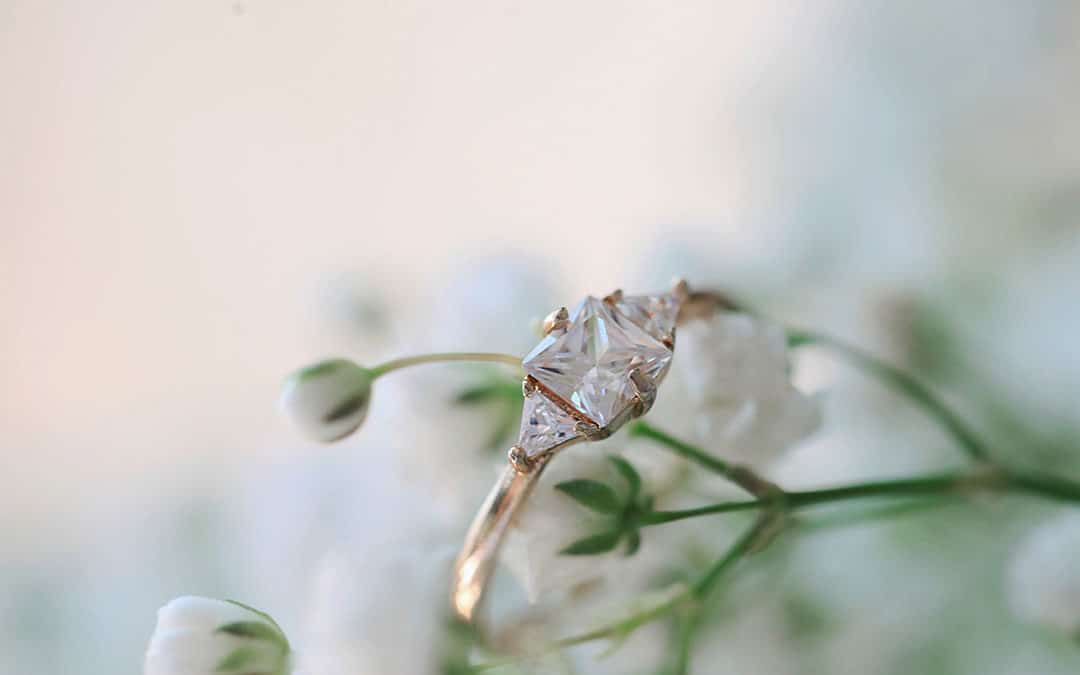If you asked who gets to keep the engagement ring in a break up a few years ago, the answer might have been more complicated. In 2016, the Supreme Court of Virginia clarified this matter in the case of McGrath v. Dockendorf, 793 S.E.2d 336 (Va. 2016).
History of Dockendorf Case
In this case, Mr. Dockendorf gave his fiancé, Ms. McGrath, an engagement ring worth $26,000. They had been engaged for over a year and also had a child together. For unknown reasons, Dockendorf called off the engagement and there was a debate on who should keep the pricey engagement ring. Ms. McGrath refused to return the ring and the lawsuit ensued.
The trial court initially ruled in Dockendorf’s favor and decided that the ring belonged to the giver as it was a conditional gift and not subject to Virginia’s Heart Balm Act. And, because the engagement was broken and the conditions not met, Mr. Dockendorf was within his rights to get the ring back or receive its value. The Virginia Supreme Court affirmed the lower court’s decision and he could bring a detinue action. A detinue action is successful only when the plaintiff has a legal interest in the property being recovered, has a right to possession, the property is identifiable, there is value, and the defendant had possession at some point prior to the action being filed.
Courts Previously Divided
Prior to the Supreme Court ruling in Dockendorf, the circuit courts in Virginia were split on who should keep the ring in a broken engagement. Some courts decided that any claims for the engagement ring were barred under the Heart Balm statute. The Heart Balm Act was enacted to bar civil actions resulting from a broken engagement and promise to marry. It also banned causes of action like alienation of affection, criminal conversation, and seduction.
On the flip side, other courts held you could sue for the engagement ring because it is not related to damages sustained due to the broken promise of marriage. Instead, it’s a lawsuit seeking the return of a conditional gift, which was given on the condition of marriage. Courts held in this situation that the broken engagement did not satisfy the conditions and therefore the ring should be returned to the giver.
Unique Situations
Once the parties are married, courts typically determine the receiver keeps it. Because the ring is transferred prior to marriage, it is the receiver’s separate property. There are some unique situations where it might be classified differently. One example is where the engagement ring is altered during the course of the marriage. If the original stones were re-mounted and it created a brand-new ring, the courts are likely to consider it marital property and therefore owned by both spouses.
Retaining a Virginia Family Law Attorney
If you have a broken engagement and are fighting over the return of the ring, it’s important to retain a skilled Virginia family law attorney. The attorneys at WhitbeckBeglis have years of experience in all aspects of Virginia divorces and other family law matters. Contact our office at 800-516-3964 to schedule a consultation.

